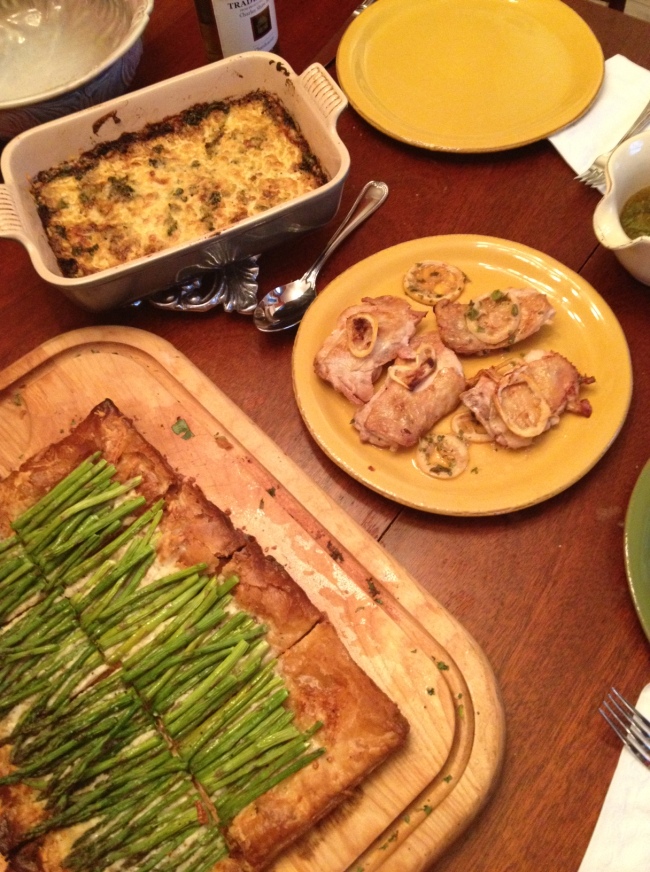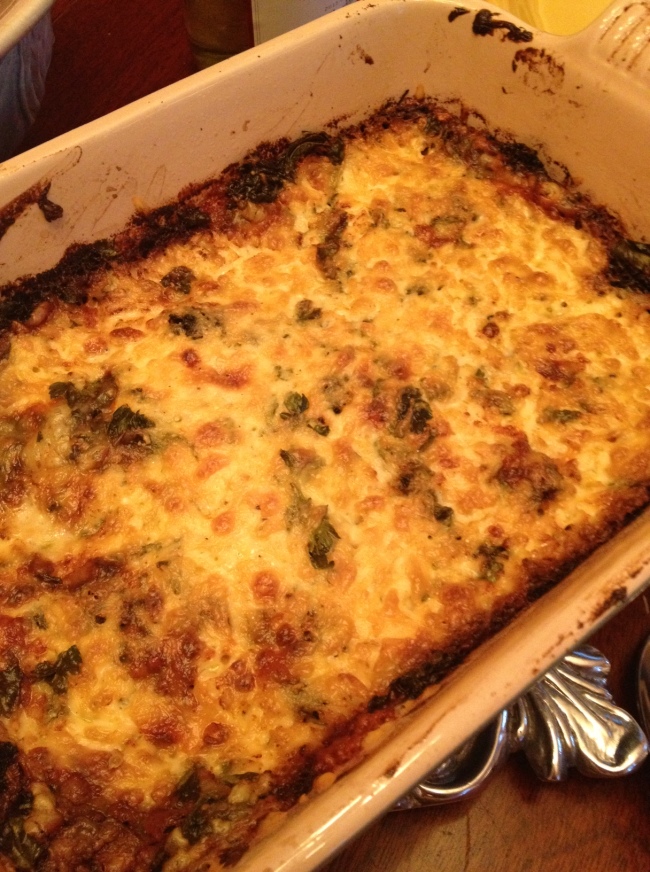
OK, so as soon as Alex declared April’s Wildcard Wednesday theme to be the Mississippi Delta, we knew that one of us had to try tamales. If you’ve ever been to the region, you know that catfish is king, but hot tamales are also a delicious roadside treat. Many barbecue joints in the Delta also sell hot tamales, and even though many of us might only associate this foodstuff with Mexican food, you should also know that its an integral part of Mississippi Delta food culture. You can read more about this strange and wonderful connection at the Southern Foodways Alliance website.
A few words on tamales: they’re not difficult to make, but it is an undertaking an time-consuming. They’re also delicious and totally worth it.
I made these on a Wednesday afternoon (that continued into that evening…) while Alex was at a meeting, but when I make them again, I’m going to make sure that we’re both home or that I invite over a few friends to help with the process. I also broke a rule I usually live by: never serve dinner guests something you’ve never made before. Our friends Frank and Heather Pendergast came over for a tamale supper last Wednesday, and the company was grand! I think the tamales were pretty grand, too.
Mississippi Delta Hot Tamales
Makes 2 dozen
24 corn husks (available at Mexican food stores–Macon people, go to El Carnaval on Pio Nono Ave.)
4 lbs. pork shoulder, cut into large cubes (about 1.5 inch x 1.5 inch)
1 Tbsp. cumin
2 tsp. red pepper flakes
1 Tbsp. salt
1 Tbsp. paprika
1 jalapeno, quartered
1/4 cup canola oil
1 Tbsp. chili powder
2 tsp. paprika
2 tsp. salt
1/4 tsp. black pepper
1/4 tsp. cayenne pepper
1 tsp. onion powder
1 tsp. garlic powder
1/4 tsp. cumin
4 cups masa mix (finely ground cornmeal, available at most grocery stores)
2 tsp. baking powder
1 tsp. salt
3/4 cup lard (yes, I said lard–it’s worth it in this recipe!)
4 cups meat broth (from cooking the pork)
First, place the corn husks in a clean sink and fill up with warm water; let sit for about two hours.
Next, place the cubes of pork, cumin, red pepper flakes, salt, paprika, and jalapeno in a large, heavy pot and fill with water until it covered the pork. Bring to a boil, then place the lid on the pot, turn the heat down to low, and cook for about 2 hours. After the 2 hours time is up, remove the pork from the water and let cool for about 10 minutes. When the pork has cooled slightly, shred the meat with your hands (this should be relatively easy). In a large pan, heat the canola oil over medium-high heat and add the chili powder, paprika, salt, pepper, onion powder, garlic powder, and cumin to the oil and stir. Add the shredded pork and cook for about 8 minutes, then turn off the heat and set aside.
Next, mix the masa, baking powder, salt, and lard with your hands until the mixture is evenly combined. Add about 1/2 cup of the meat broth at a time until the dough resembled a mashed potato consistency.
Next is assembly. Take a soaked corn husk and place the thin edge toward you and the wide edge at the top of your assembly space. Take about 1/4 cup of the masa dough and thinly spread it in the middle of the husk. Next, take about 1 Tbsp. of the pork and place it down the middle of the dough, then gently (think sushi here) roll the corn husk so that the masa mix forms a protective layer around the meat, then tuck the thin edge under and keep the top open.

This takes a while, but once you have all of the tamales assembled, place them open-side up in a large pot so that there are enough tamales for them to stand up with the support of the other tamales. Being careful to not spill water into the tamales, fill the pot with water up to the part of the corn husks where the masa ends. Bring to a boil, then place the lid on the pot, turn the heat down to low, and cook for a little over an hour.
In the Mississippi tradition, I served these tamales with some slaw and beans, the quintessential barbecue sides. Enjoy!






















